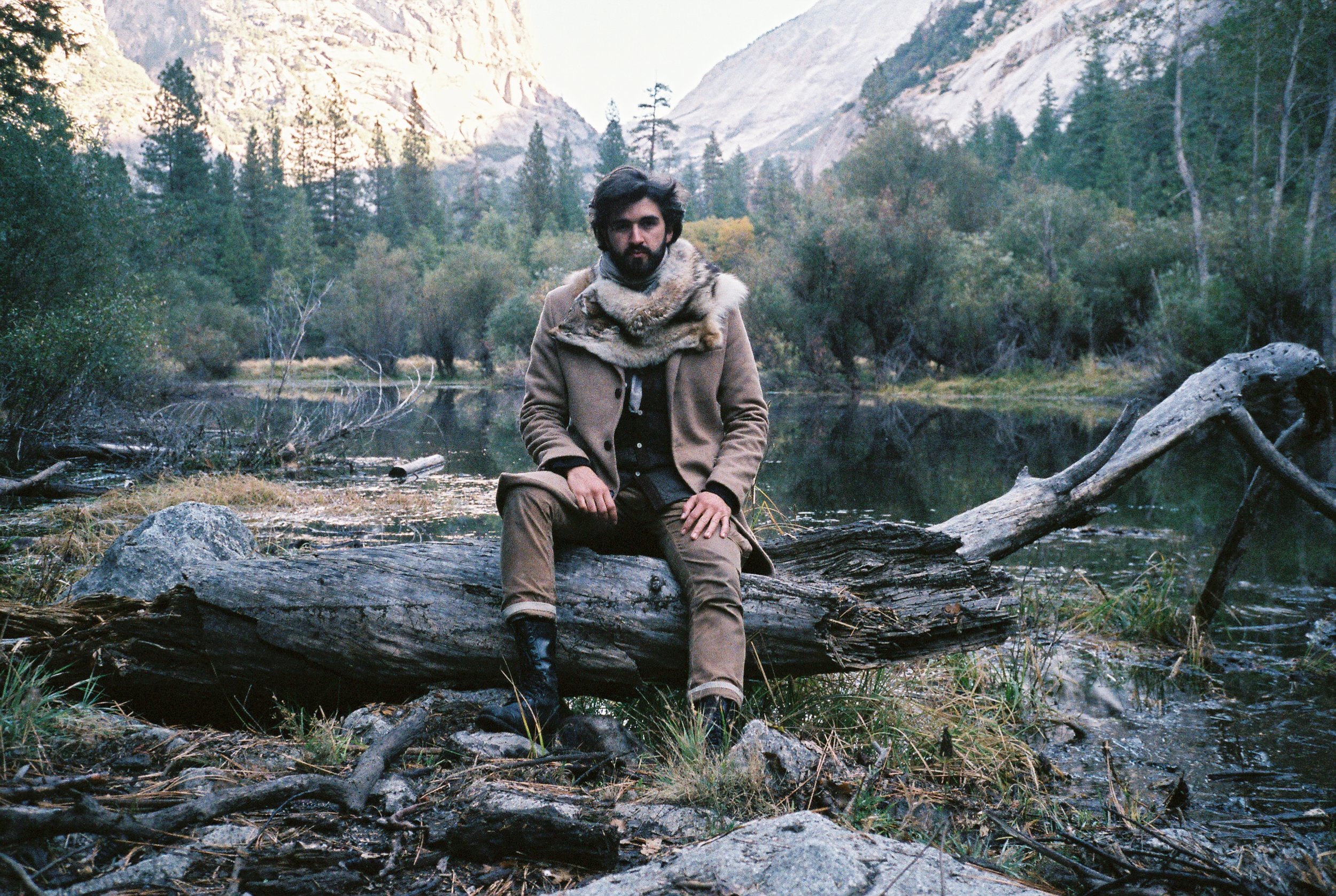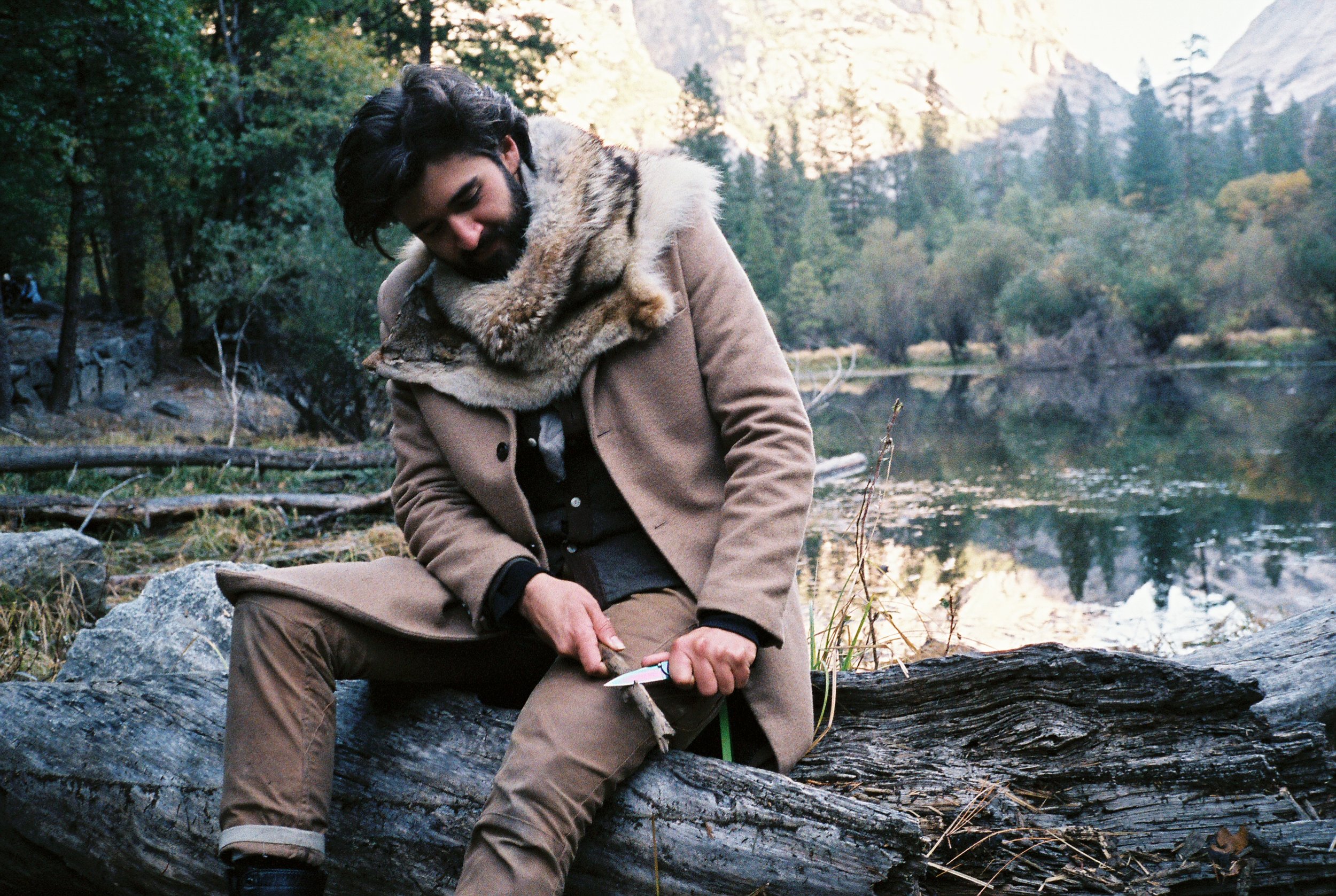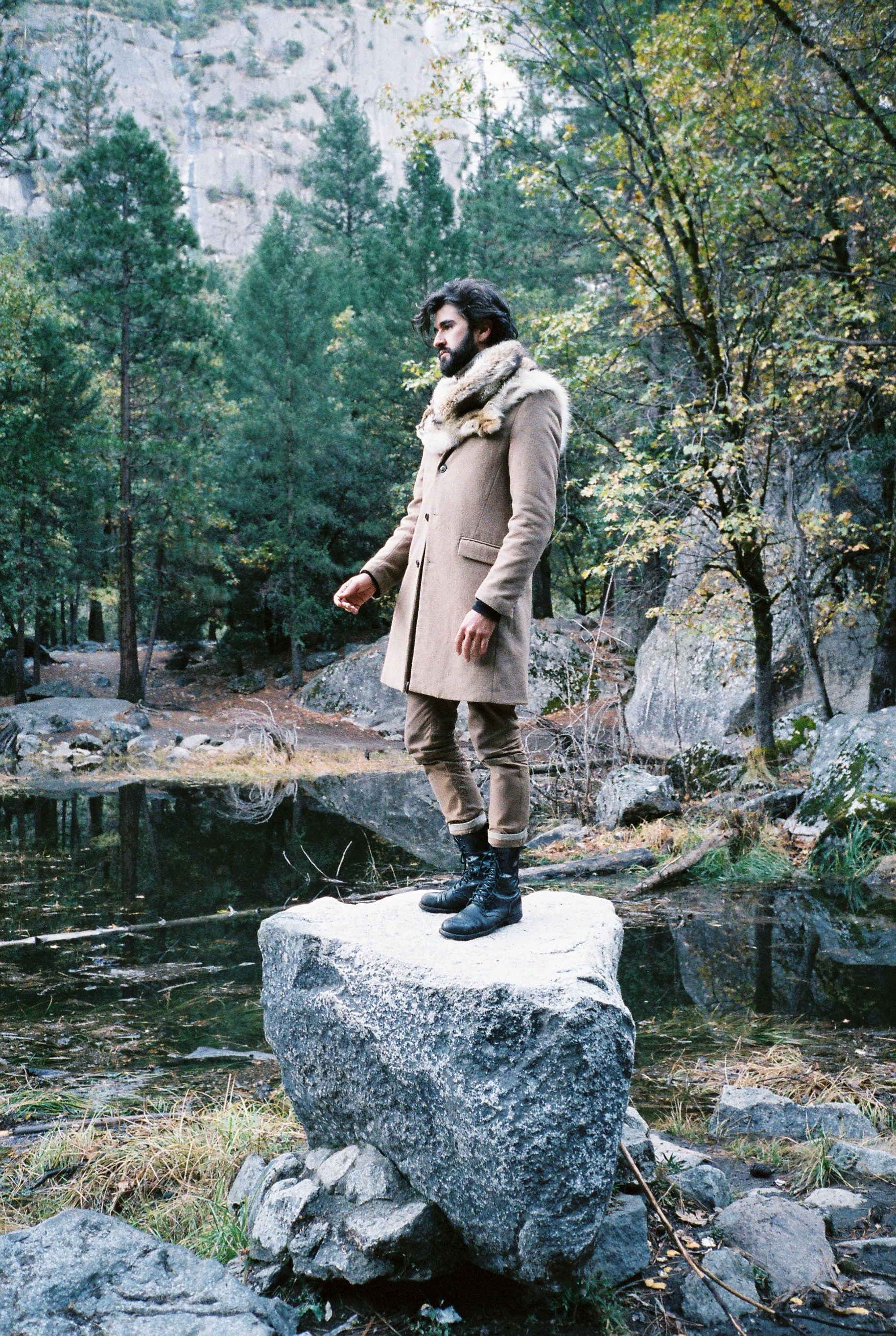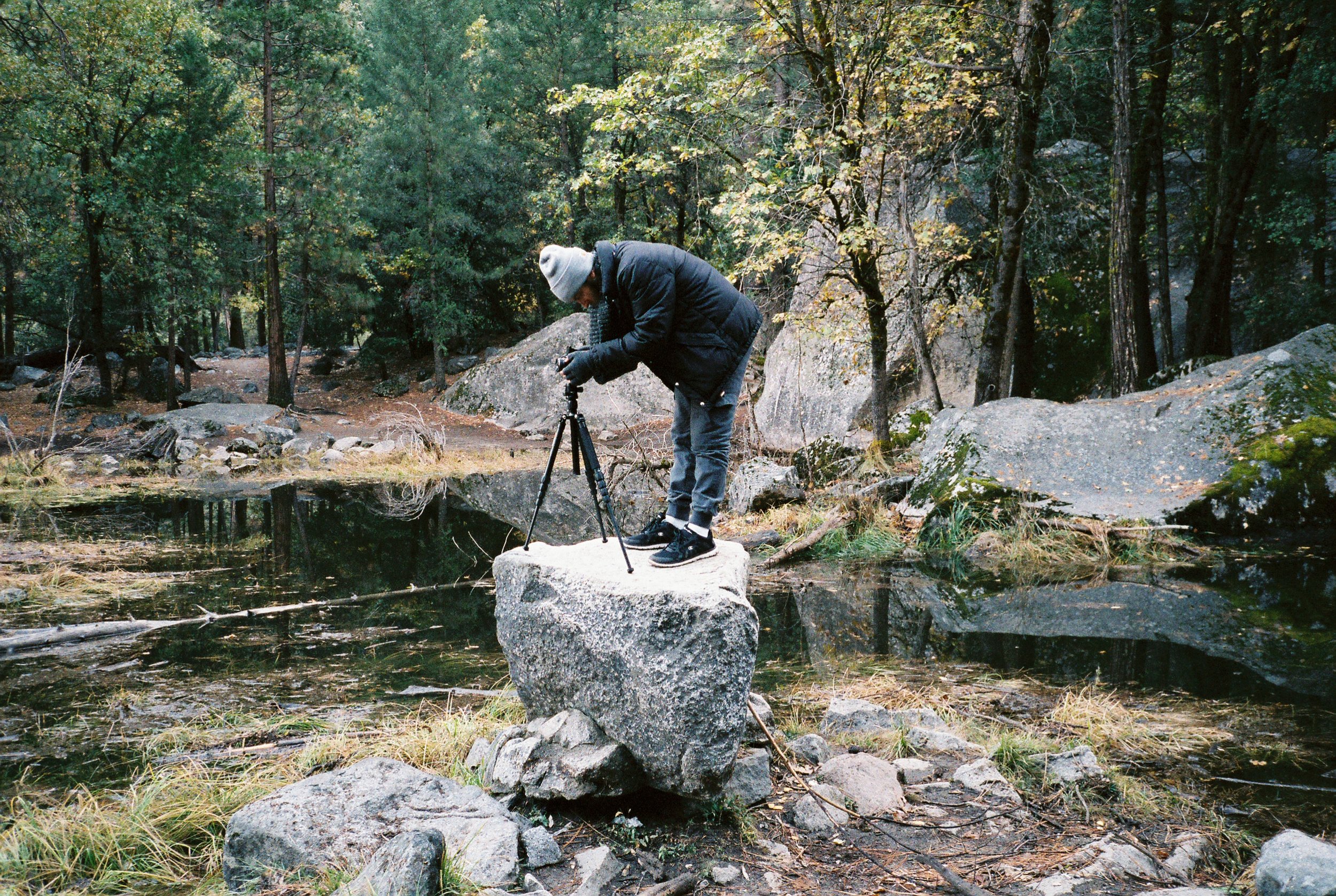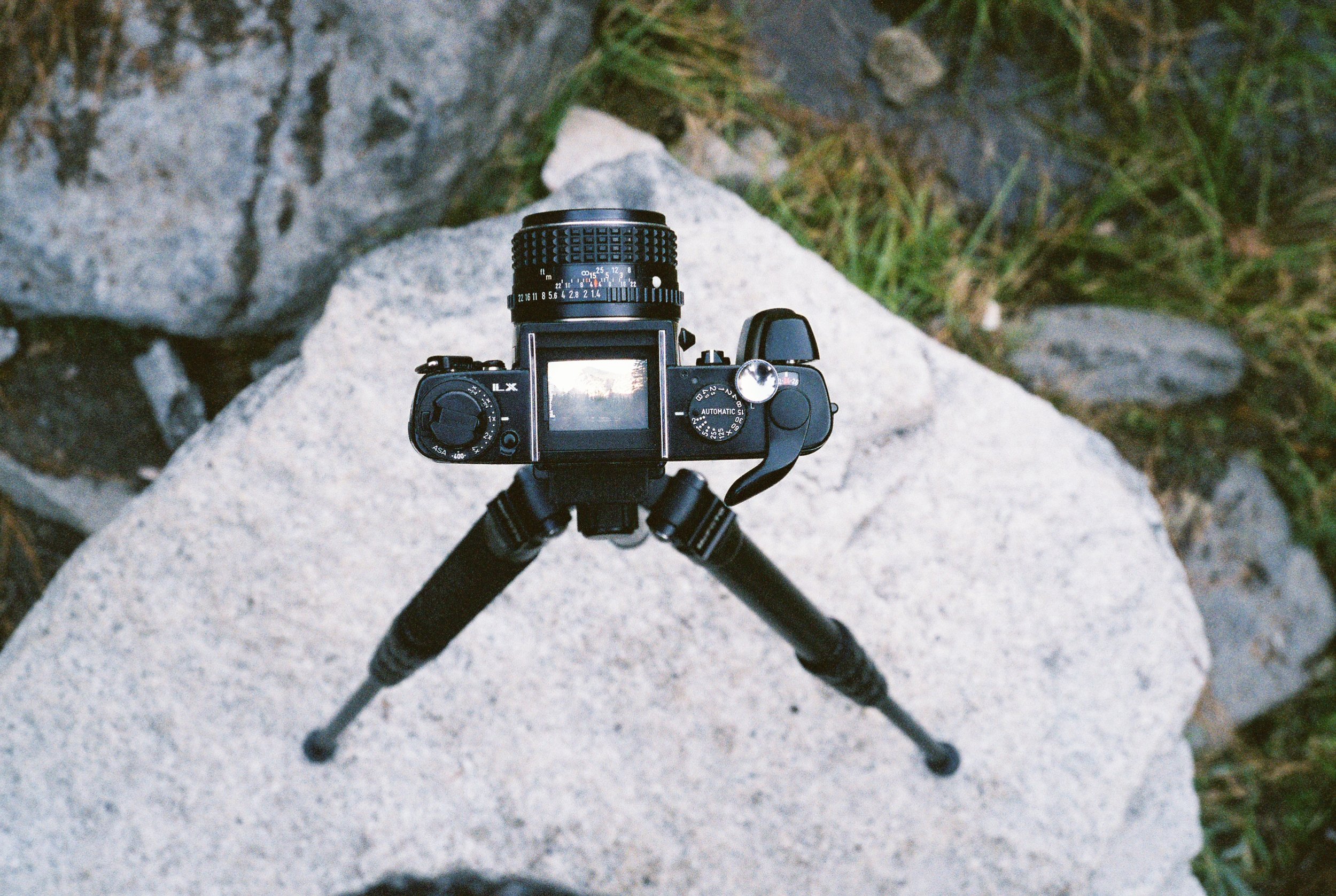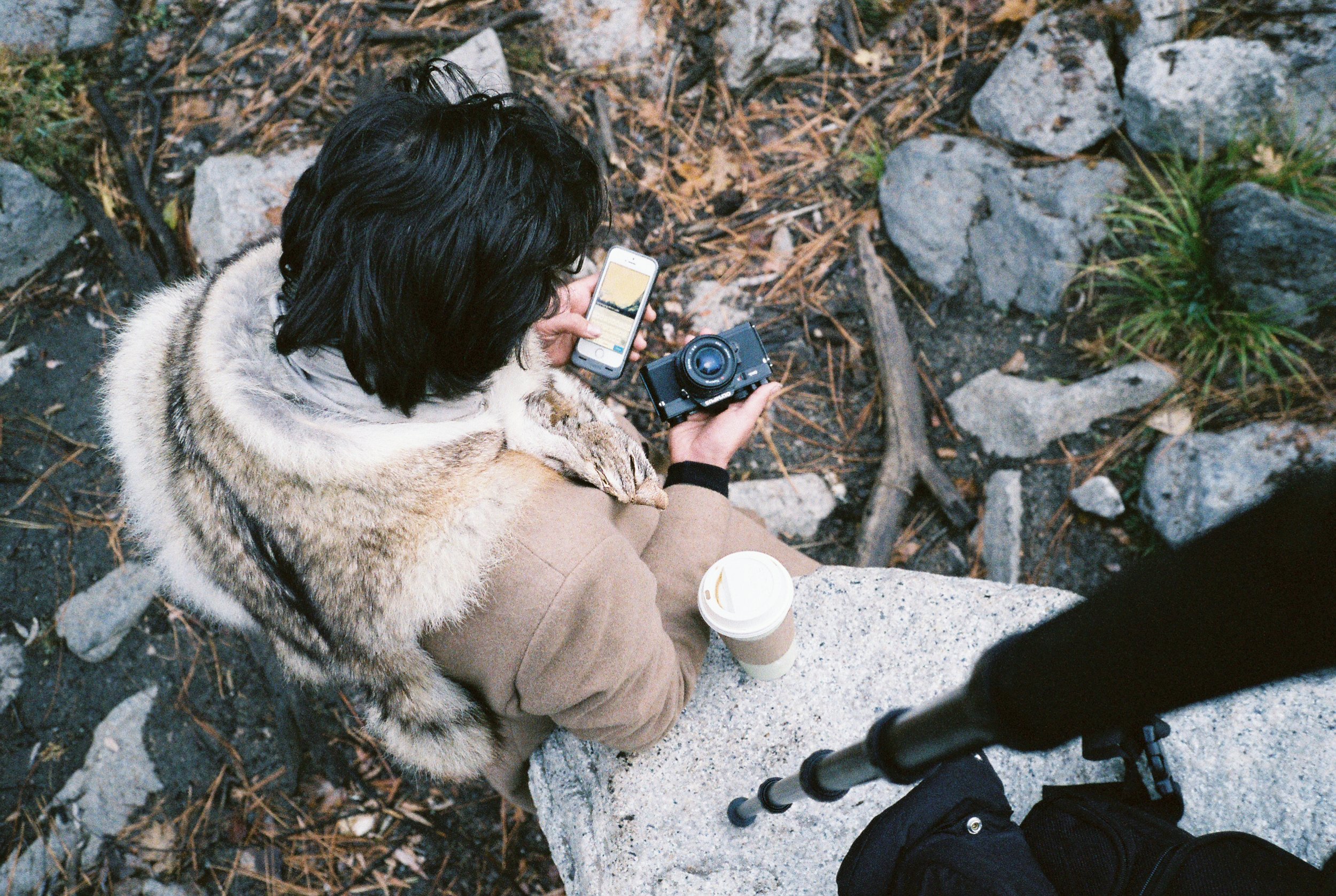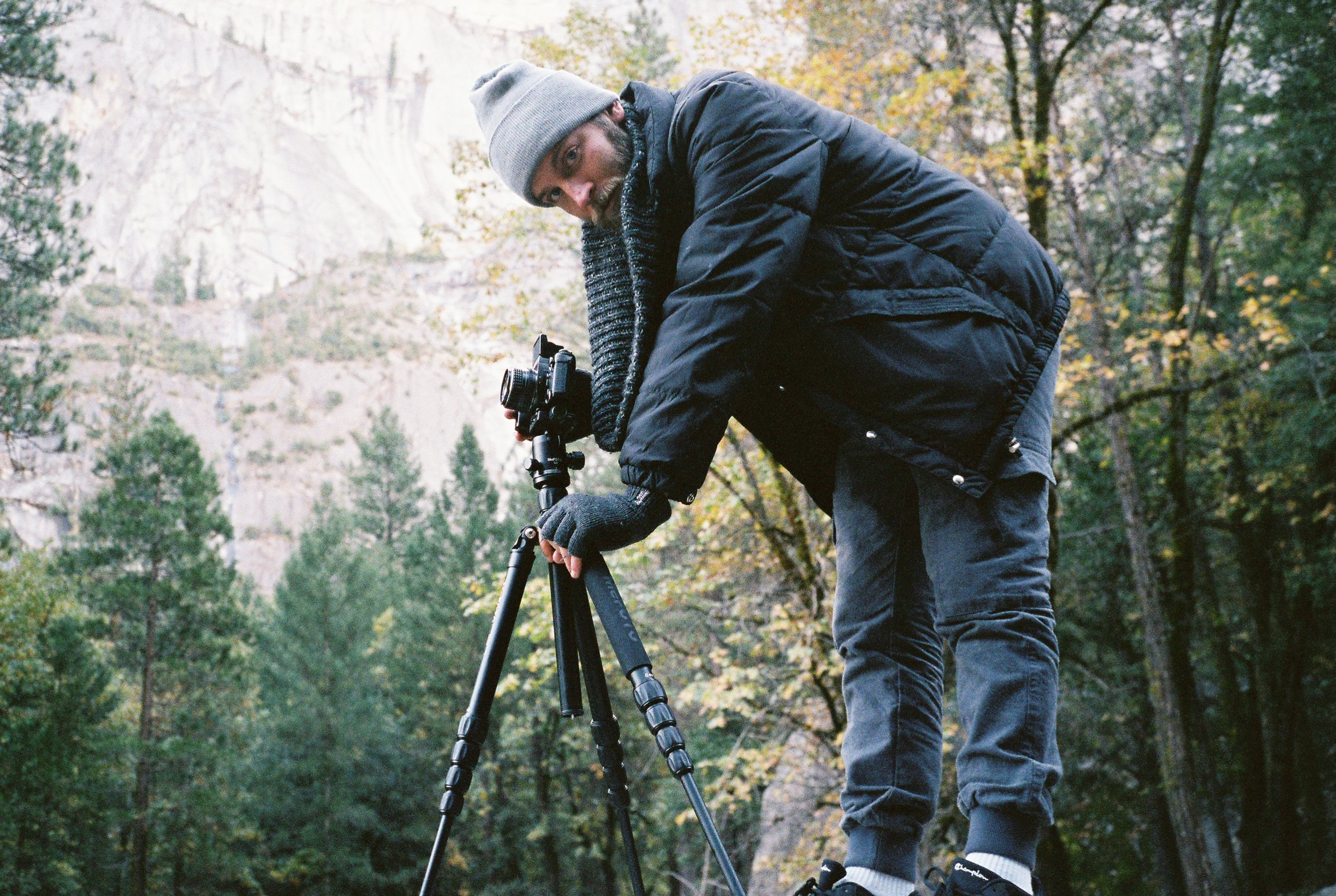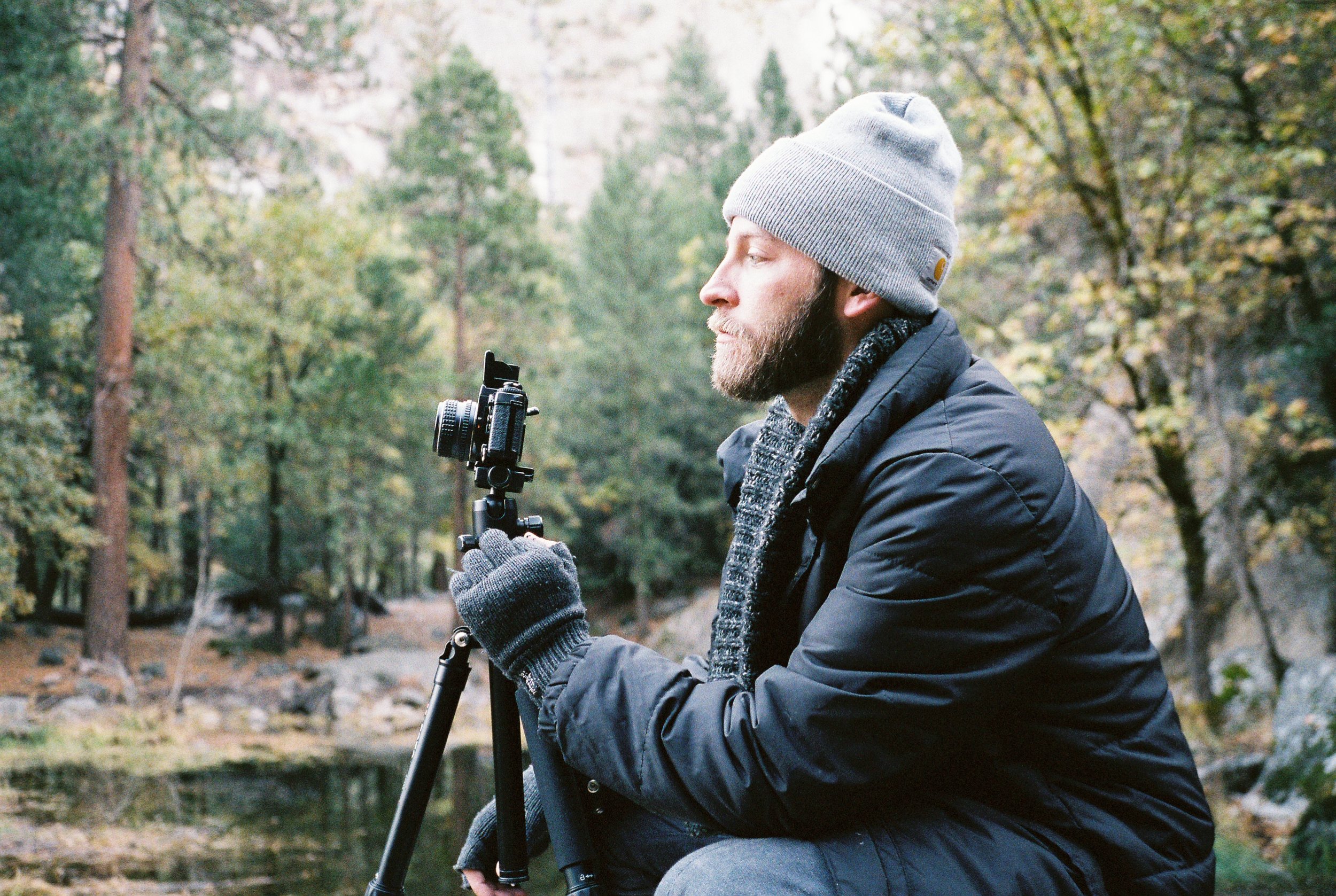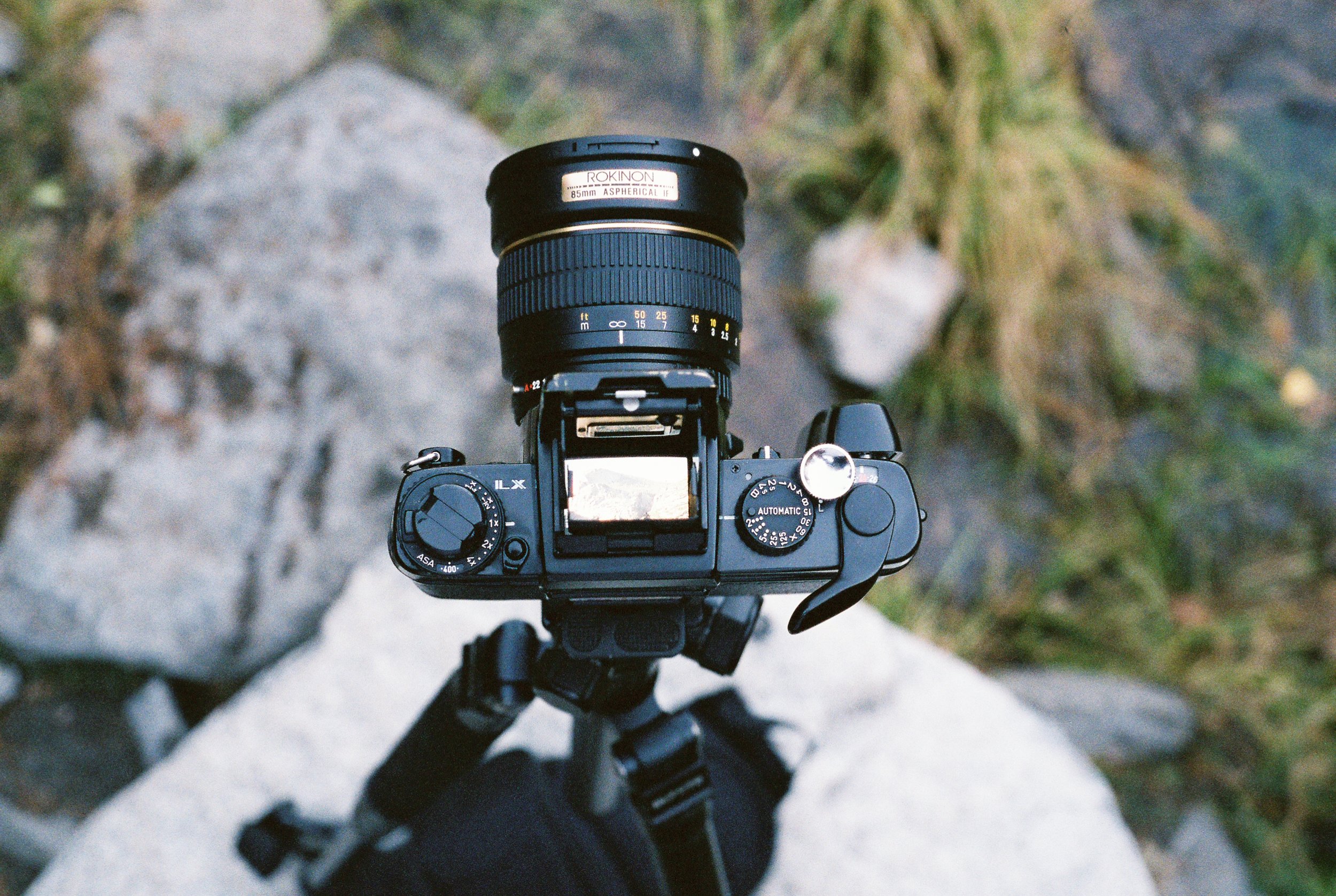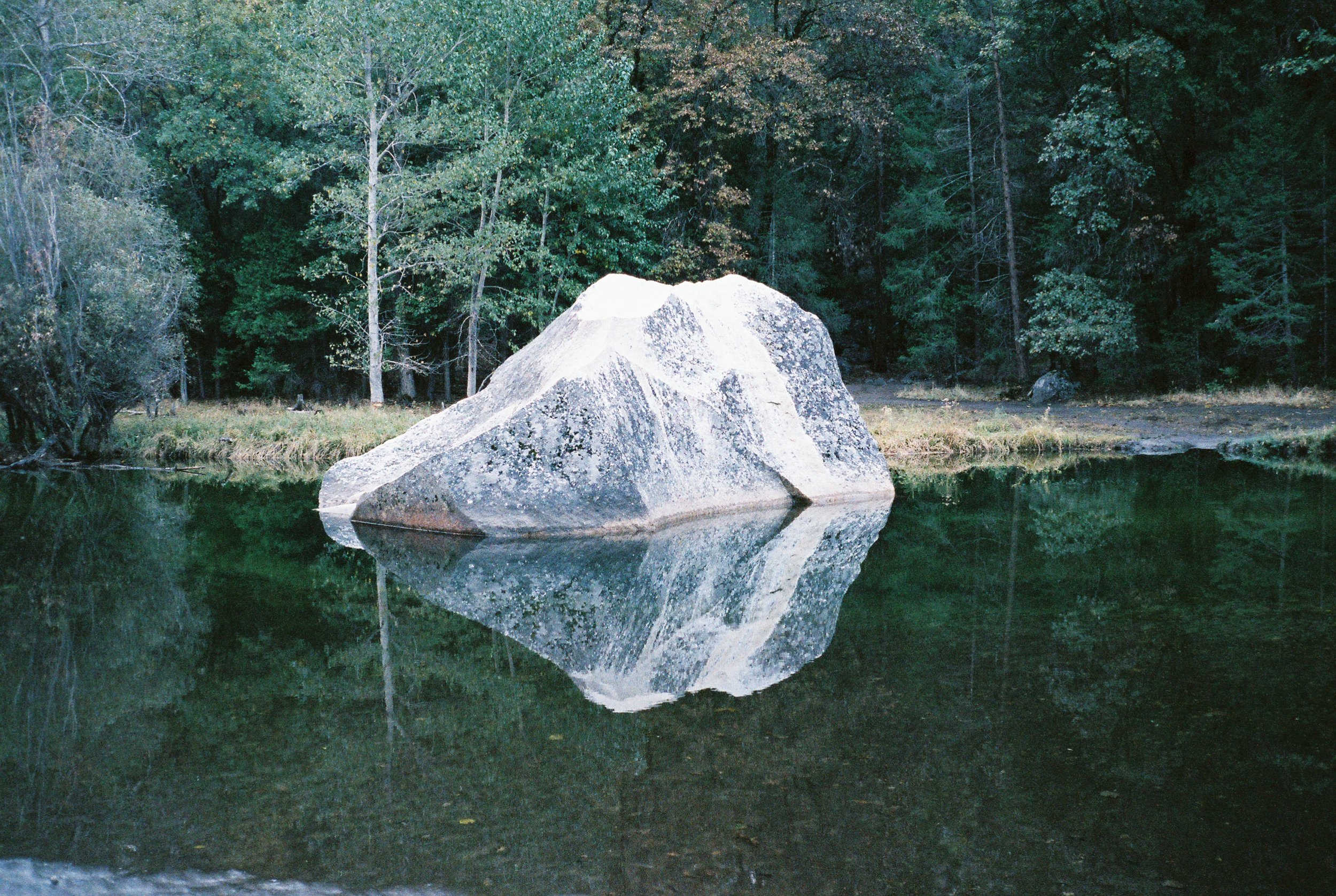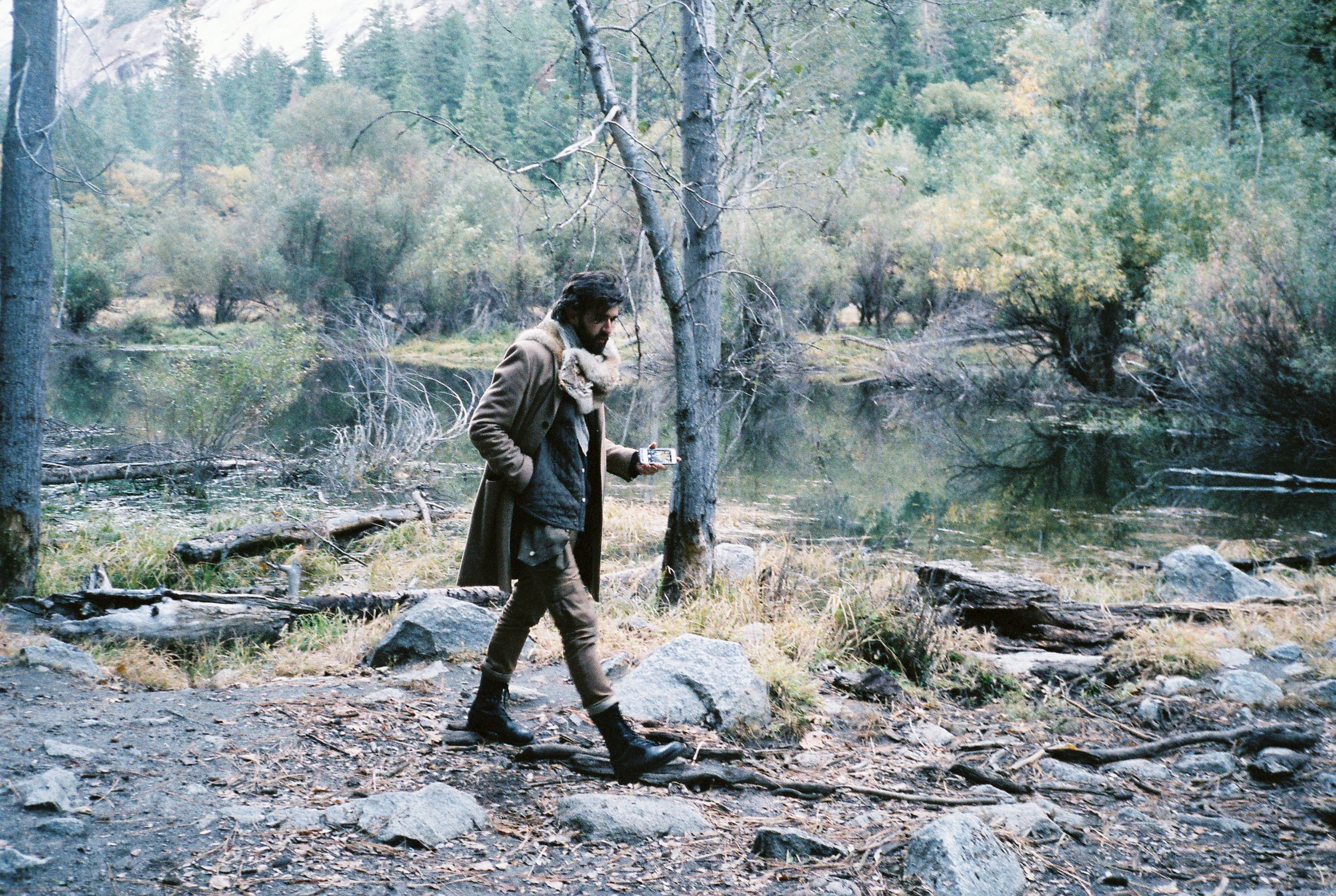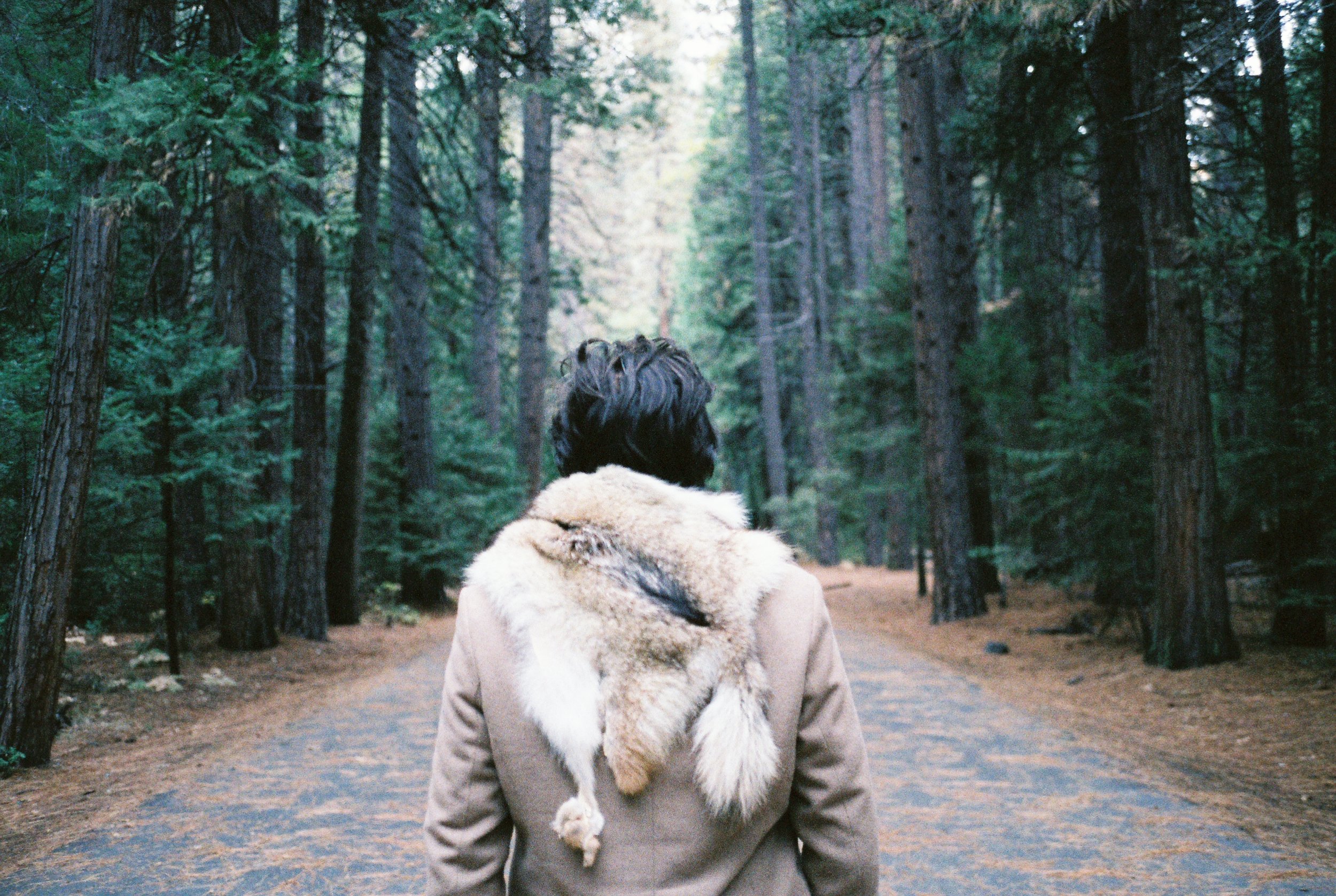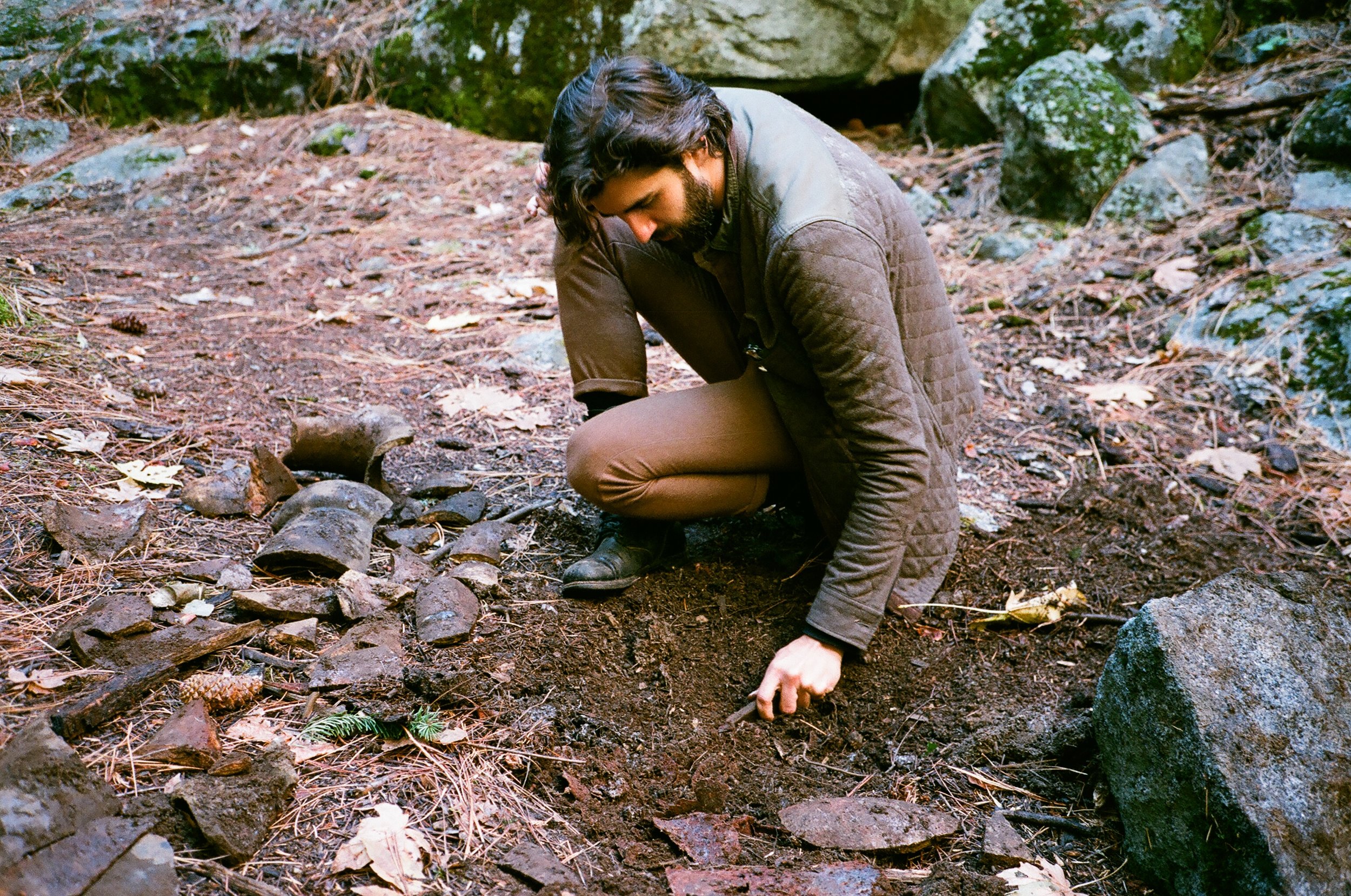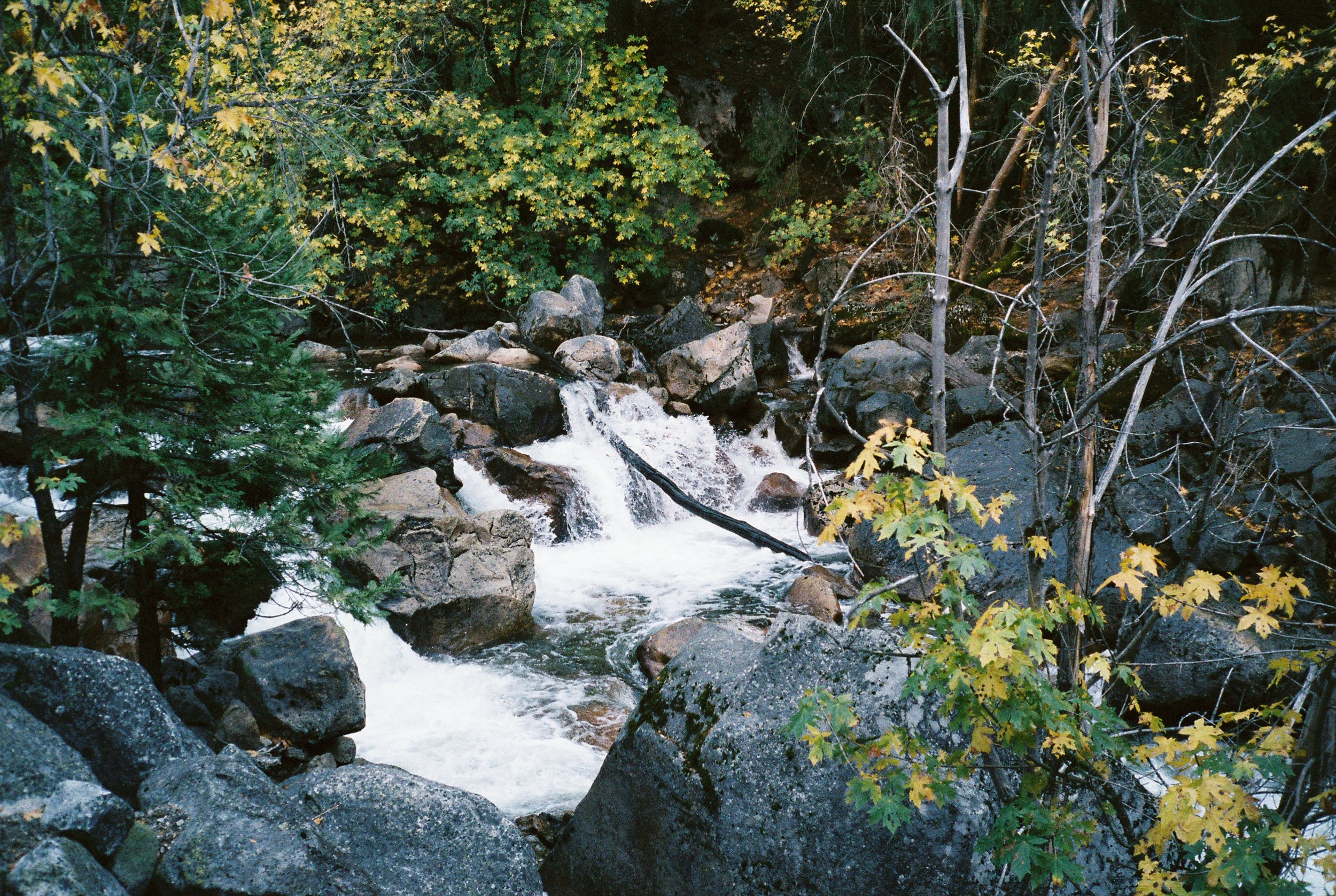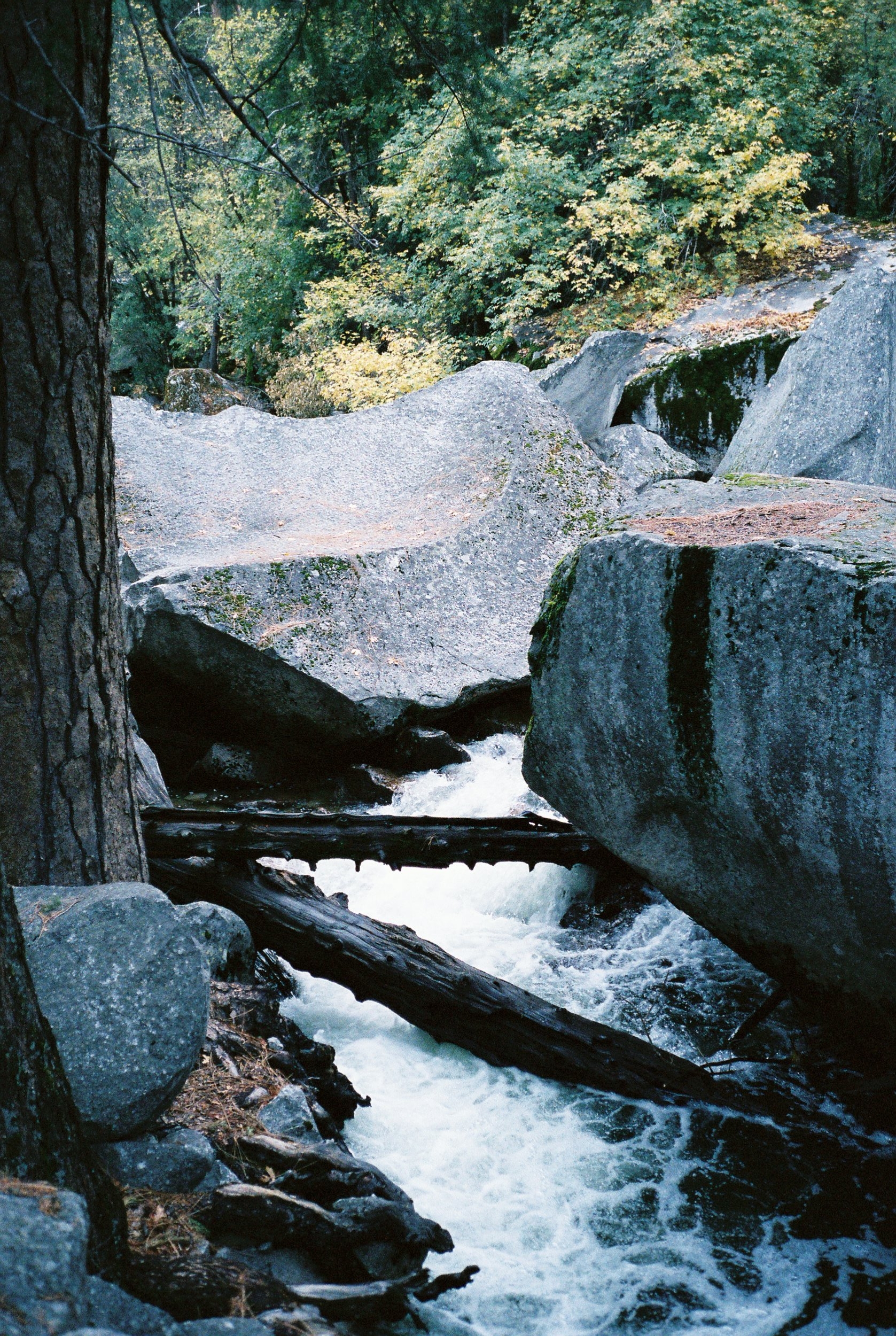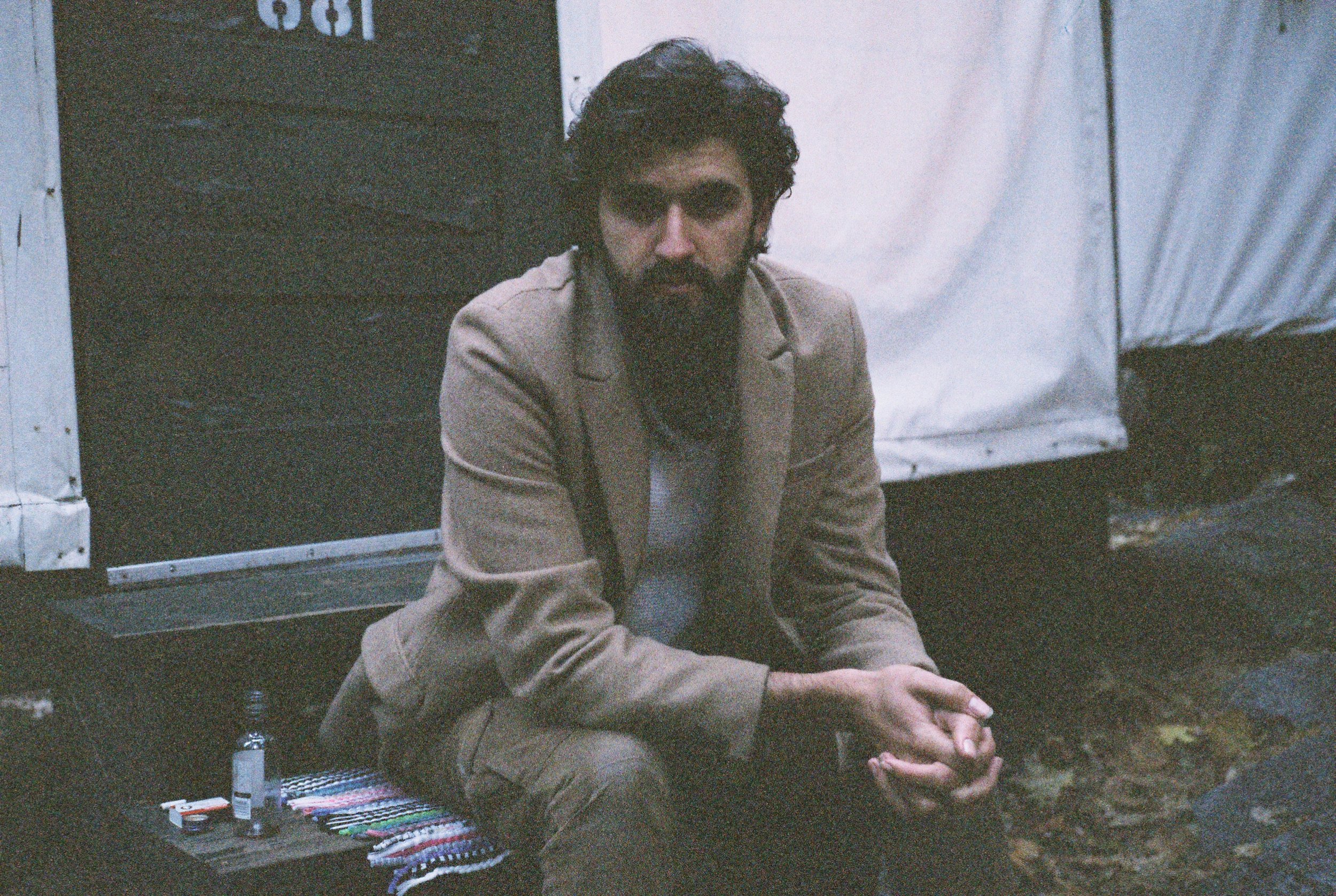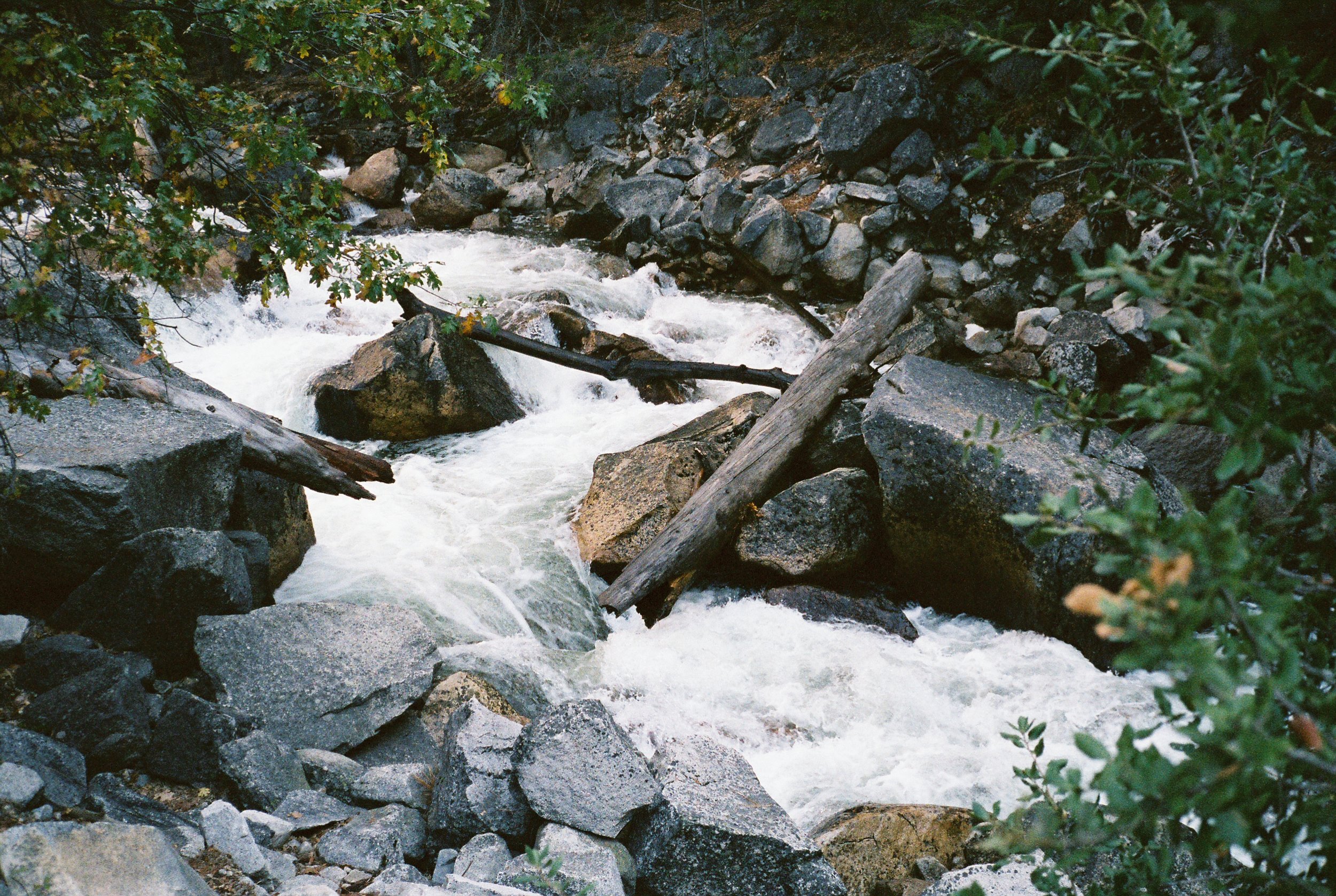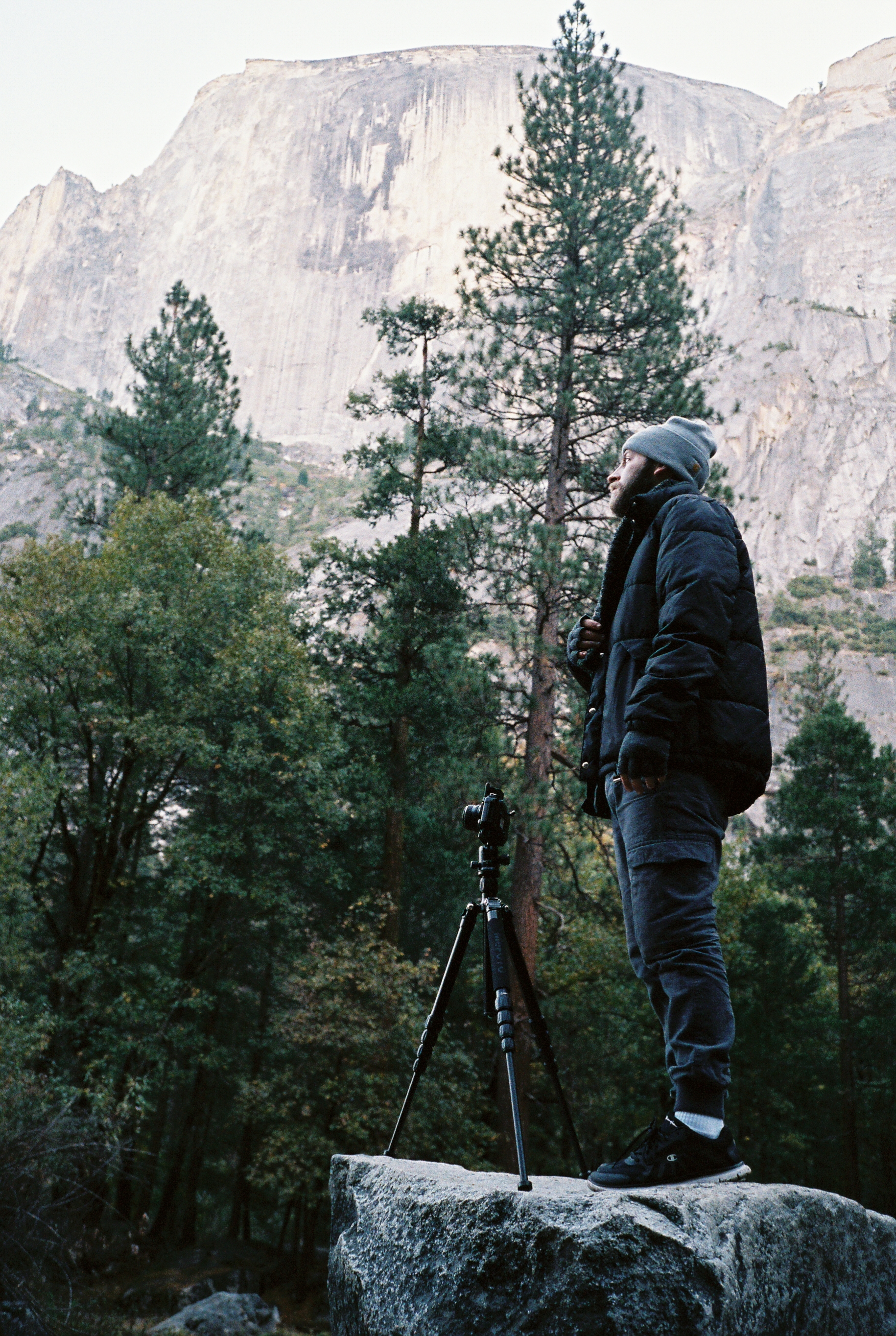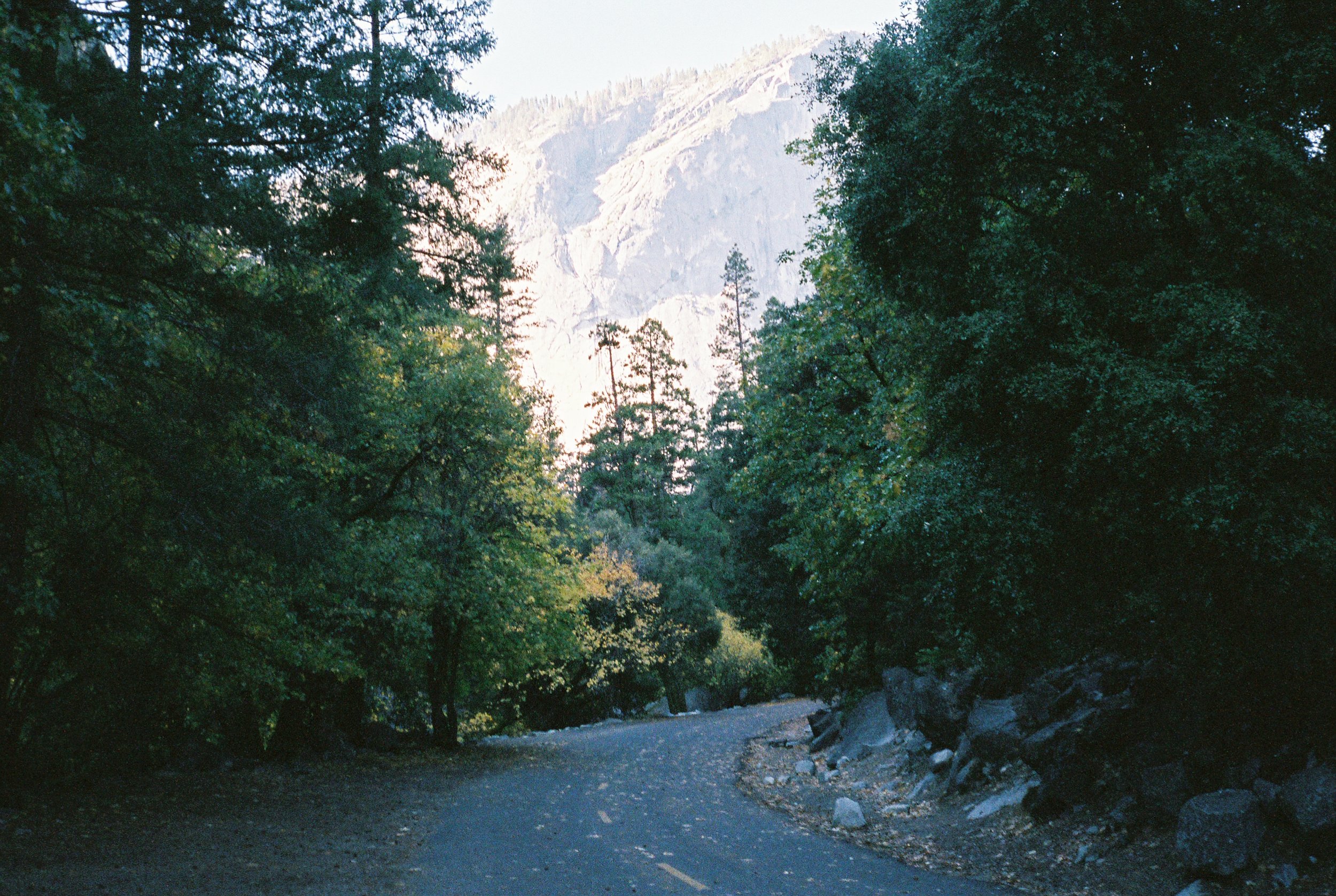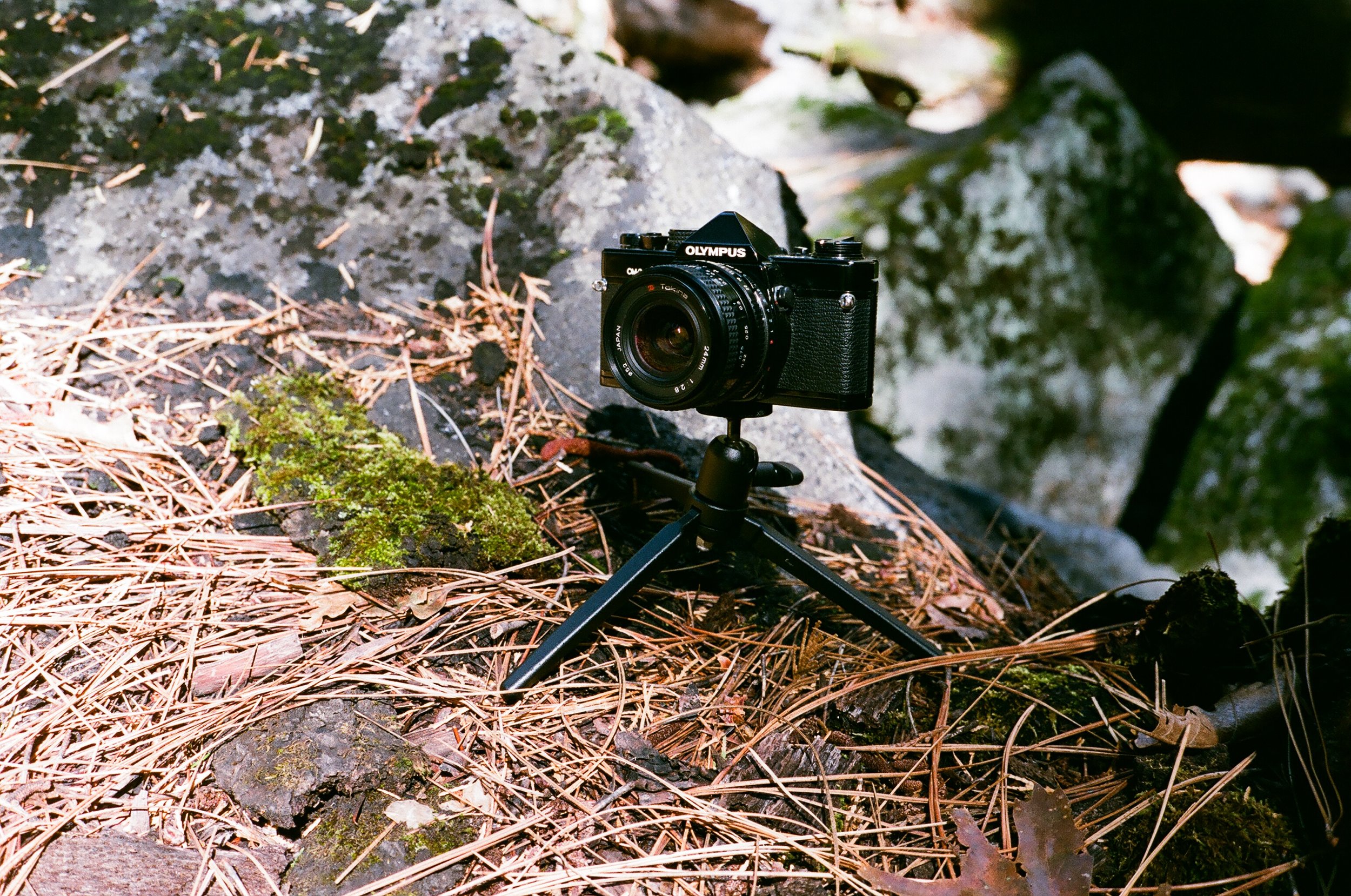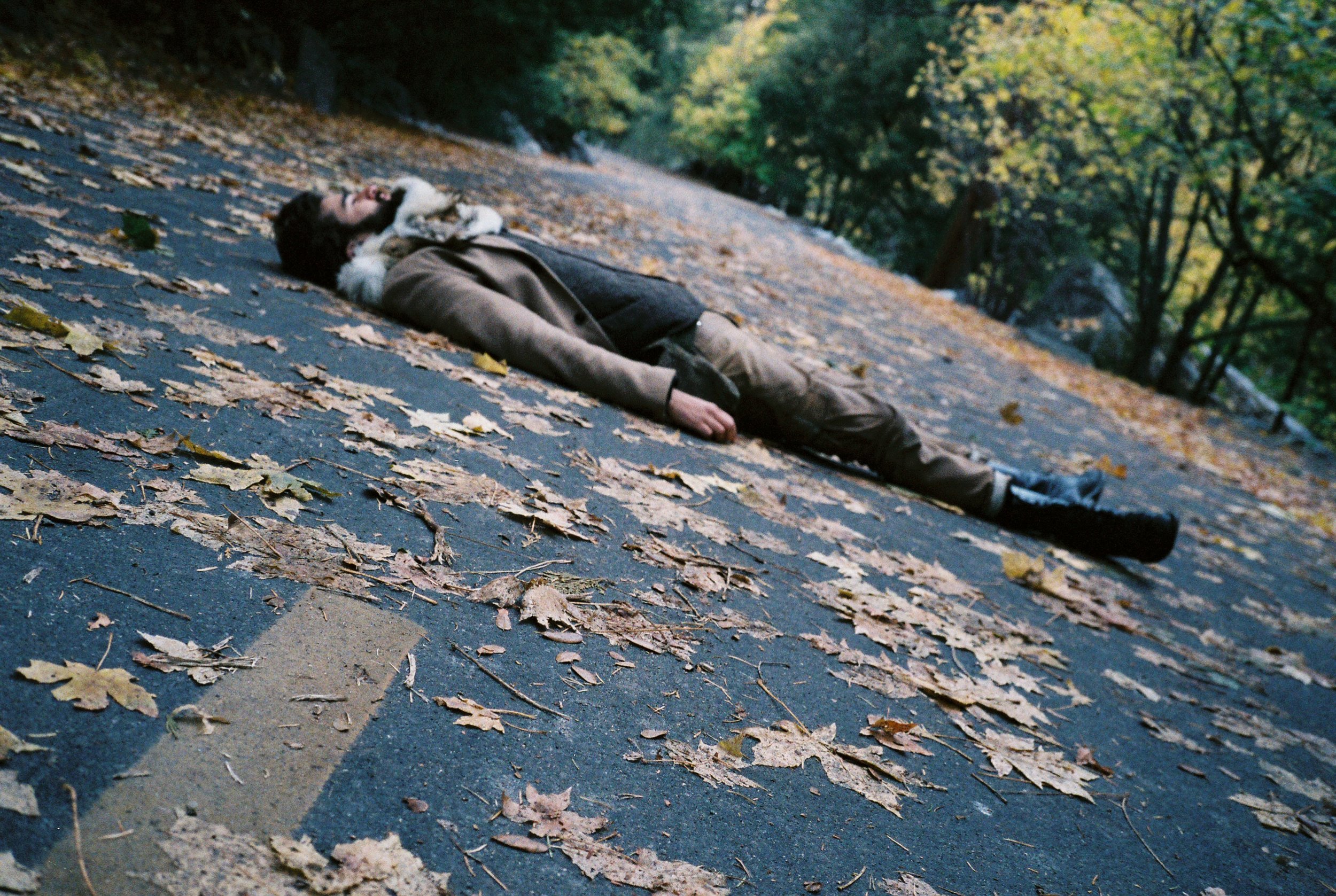Camera: Rollei AFM 35 Point & Shoot / Premium Compact
Location: Yosemite National Park, California, USA
Film: Unknown
Lens: S-Apogon f2.6 38mm HFT Non-interchangeable Lens
Premium compact camera first introduced to the USA in 2002
Labeled “Rollei AFM 35”, it is a Fuji KLASSE
Many advanced features and rising prices
Pocketable, easy to use, beautifully sharp lens
The Rollei AFM 35 is a fully automatic 35mm premium compact film camera with a 38mm Rollei S-Apogon HFT f/2.6 lens, which Rollei says makes for "brilliant for slides and color print". The first mention of this camera in North America I found was on the March 2002 edition of American Photo in an article titled "Sex Objects: Alluring Cameras for Guys Who Take Pictures". It was also March 2002 that the Rollei 35 RF rangefinder camera was released - so I assume that the two were released together. The Rollei AFM 35 and the Rollei 35 RF are white-labeled cameras, an ongoing trend in the film camera industry and still today in the digital era.
My Rollei AFM 35 - Purchased in 2016
The Rollei AFM 35 is actually a Fuji KLASSE original with the Rollei name branded on it, this is what white-labeled means, made by company “A” and labeled as company “B”. I say Fuji KLASSE original because the real name, the Fuji KLASSE is not as well known as the KLASSE S and KLASSE W, but these came out after the [original] KLASSE which the Rollei AFM 35 is made from. The Fuji KLASSE original was released in Japan in 2001, and the S and W successors in 2007.
Rollei 35RF - Image by Kamerastore.com
And since I mentioned it - the Rollei 35 RF rangefinder is a white-labeled Voigtländer Bessa R body, and well the Voigtländer Bessa R itself is made by Cosina who leased the rights to the Voigtlander name from Ringfoto GmbH & Co. Alfo Marketing KG.
Here are some of the essential specs and features of the Rollei AFM 35 as stated by Rollei:
Extra-bright real-image viewfinder with focus area
Programmed electronic shutter with speeds from 1/2 s to 1/1000 s plus B with automatically timed exposures from 1 s to 60 s
Passive autofocus system with focus lock
Focusing from 0.4 m to infinity, manual focusing in 10 increments
Automatic film-speed setting by DX code from ISO 50 - 3200
Automatic film advance
Exposure modes: Programmed AE, aperture priority AE, automatic bracketing (AEB) ±0.5 and ±1.0 EV Backlight compensation +2 EV
Mid-roll rewind
Flash: Red-eye reduction fill flash, OFF, slow sync with red-eye reduction
10s-delay self-timer
Slow-sync night-time mode
Automatic cut-off (5 minutes after last use)
One 3V lithium battery (CR2)
Dimensions (mm/w x h x d) 123 x 63 x 33.5
250 g (without battery)
1/4" tripod socket
Today in late 2018 / early 2019 this camera sells for 600 USD and up. If I recall correctly the price in early 2016 was around 400 USD and I was able to get mine from an auction for 197 USD. This camera is not so hyped up as comparable cameras like the Contax T2 or the Fuji Klasse S because this camera [and the original Klasse] are bit less known. In fact a simple google search of "Rollei AFM 35" will bring up a review I wrote in 2016. There is just very little information out there on this camera outside of the darkness of forum posts.
I have a hard time paying good money for automatic cameras these days after the death of my Ricoh GR1, Nikon FE, and others, so 600 USD sounds a little steep to me today for a premium compact film camera. Though, looking back it was one of the best compact film cameras I ever owned - and the sentimental value of the images created with it is something that will never break.
On this specific roll I shot with the Rollei AFM 35 on 3 day trip to Yosemite national park with my friend Kylar. I also carried an Olympus OM-2, Rollei 35 S, Pentax LX. I had no particular preference or method to which camera I used at any given time, but the automation and compactness of the Rollei AFM 35 made it the most accessible camera most times, especially in the cold weather where it could go at times unnoticed in a big jacket pocket.
As you can see it was my only camera at the time with autofocus, which was very useful though not necessary for me personally. Some shots were even out of focus - but that was my fault for relying on the automation, putting in less care to focusing than I would with a manual focus camera. I even shot a few with the flash just to see how it looked. It worked though I’m not a fan of flash photography at least of my own flash photography. In the situations I used it though, it was either flash or no photo at all, such as when we were sitting outside at the entrance to our tent having some drinks in the dark. And yes his scarf is a fox.
Inside the tent there was a single overhead light that was quite bright, still not bright enough for a sharp photo without the flash but I prefer to try to hold the Rollei steady and see if the shot comes out sharp over using a flash. Shooting sharp images at low shutter speeds handheld on a compact film camera is also a bit easier that an SLR, without the movement of the mirror flipping up and down again at the press of the shutter there’s a slightly higher chance of a sharp photo at 1/15 of a second for example. And yes it was just the two of us in a tent with 4 beds. Also note the Canvas walls for optimal protection against hungry bears.
Most of this roll shot on the Rollei AFM 35 was from a single morning out on Mirror Lake. I had a grand vision of arriving at sunrise with the scenery glowing of warm light though the fog with an equally impressive reflection in the lake - Mirror Lake after all right? in reality the light was terrible - cool toned, and too dynamic from the lights to dark. The water even seemed lower than it should be.
In the end we just enjoyed the peacefulness and joint solitude amongst the nature - sipping our frozen coffees, making jokes, and talking about how terrible the modern world is. I am happy with some of the images I made and of course none of them were ones I had foreseen. I don’t like much of the pictures from the roll but I am here to show you what the camera shoots, not to show you my best photos. Enjoy!

